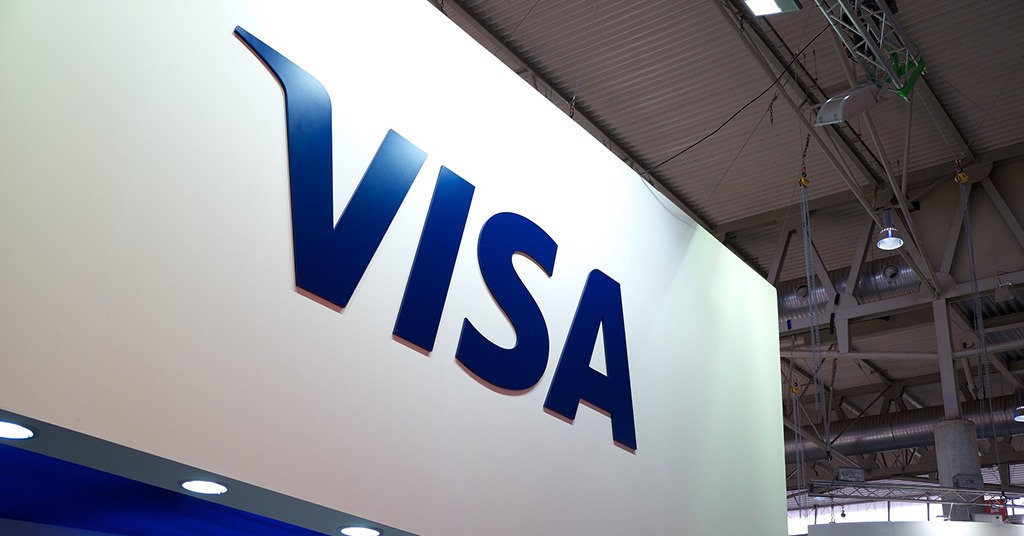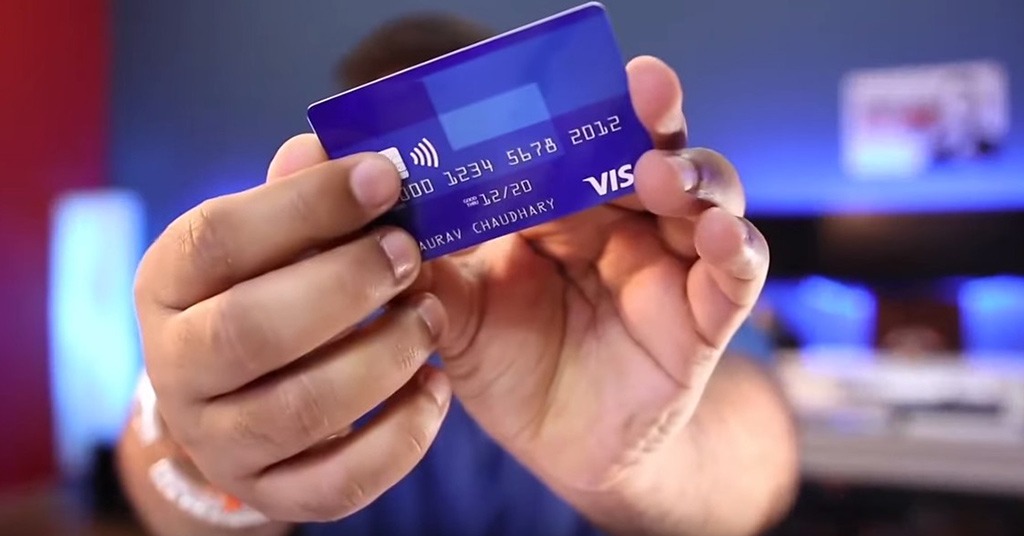What is Visa Checkout, and how can it come in handy for you?

Visa Checkout: how to use it & how it differs from Masterpass. Source: flickr.com
PaySpace Magazine has recently considered MasterPass by MasterCard, which is the digital wallet service, created to simplify online payments, and make them safer. Today’s topic is Visa Checkout, which is somehow similar to MasrterPass, but still has some slight differences.
The popularisation of online payments
It is not a secret that the online payments market is becoming more and more popular. The share of online payments is tangible nowadays, and this trend seems to gain ground (and even the word “steadily” is not the best one to describe the real situation).
And this happens for a good reason. Online payments are convenient, and allow shoppers from all around the world to pay for goods and services online without moving away from their computers and mobile devices.
Visa Checkout
Visa Checkout is an online payment service by Visa that allows customers to make purchases quickly, easily and safely, using any device they want. It can be a smartphone, tablet, laptop or even PC.
Using Visa Checkout, it is enough to register once: when buying on the website or through the mobile application of a trade or service company (or from any site that has a Visa Checkout button) you have to make sure there is a Visa Checkout sign. All further payments in partner trading and service enterprises (not only in the country you live in, but also on the sites of any foreign countries) can be made simply by clicking on the Visa Checkout button. At the same time, you do not need to enter card details (card number and expiry date) every time manually, which greatly simplifies the payment process.
This service helps to increase the number of purchases on the internet and mobile channels worldwide by providing an intuitive payment process.

This service helps to increase the number of purchases on the internet. Source: flickr.com
Today, only around 65% of online purchases in the world end with a “successful payment” notification. For smartphone payments these statistics are even worse – about 35% of smartphone payments are successful. At the same time, Visa Checkout has a rate of 82%, when it comes to payments that are carried out successfully.
Today, Visa Checkout cooperates with more than 1,700 financial institutions, while no less than 350,000 large and small retail and service enterprises from more than 27 countries successfully work with the system.
Special features of Visa Checkout
Surprisingly, Visa Checkout works not only for Visa cards. It is also possible to store any major payment system’s credit/debit card. For example, you can add MasterCard, AmEx, or even a Discover card to your system.
What’s more, you can add a card to Visa Checkout not only through the Visa website. You can use any site of any third-party service that cooperates with Visa Checkout. The process here is similar to MasterPass. After filling in all the required data you will be offered to finalize the process through authorization. Once the system makes sure that you are the actual cardholder, you will be free to use Visa Checkout.
The features of Visa Checkout:
- First of all, it is convenient. You will avoid re-entering card data over and over;
- The system is flexible. You are not limited to just Visa’s payment system since you can use MasterCard, Discover, or even AmEx;
- You can add your card to Visa Checkout through any partnering site;
- It is secure to use the system, since Visa has one of the best payment security systems worldwide;
- Moreover, Visa offers special deals and stores, meaning a lot of partnering sites and stores have discounts and sales (if you pay through Visa Checkout).
What is the difference between MasterPass and Visa Checkout?

Visa Checkout has nothing to do with bank issuers at all. Source: pixabay.com
Here we’ve reached the most interesting and crucial point. Now we’ll try to understand what the difference between Visa Checkout and MasterPass is, and which system is better (and whether one of the systems is better than the other at all).
Basically, MasterPass operates with bank issuers. This means that it allows the clients using signing-in through their bank credentials that already exist. Let’s suppose you are a client of your local bank (that’s probably true), and let’s call it LocalBank. Thus, you have a LocalBank credit card. At this point, when you log into MasterPass, you will be able to sign in using your LocalBank username and password. MasterPass will identify all your LocalBank related debit/credit cards, so you will be offered to choose one of them.
- Pros: There is no need for a user to create a new account. The system already has the billing/shipping data of a new user;
- Cons: On the other hand, a user may use several banks, thus they have multiple accounts. In this case, a user will have to manage, and consequently, log-in with multiple accounts.
Visa Checkout has nothing to do with bank issuers at all. A client just signs up, and adds their cards.
- Pros: Unlike the situation with MasterPass, a client will have a single account for all their cards;
- Cons: A client will have to add every new card manually.
Overall, both of the systems are quite similar, and they both have pros and cons. Today, it is not about which system is better, since both of them seem to operate fine. Apparently, it is all about merchant adoption. We mean the system that will be adopted faster will surely win the race. On the other hand, merchants are already familiar with a PayPal button, for example. Thus, the desire for change is in question.
SEE ALSO:









